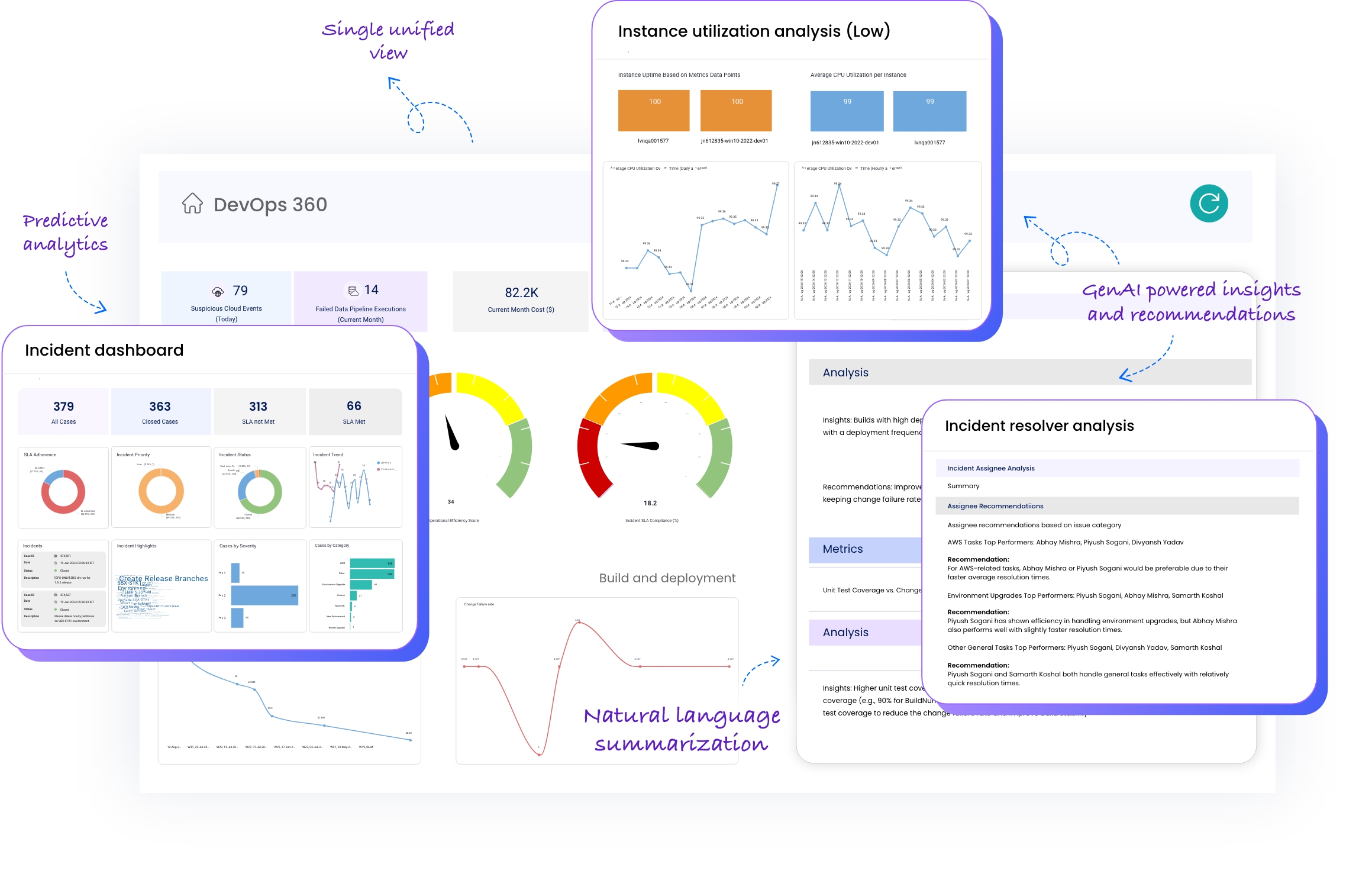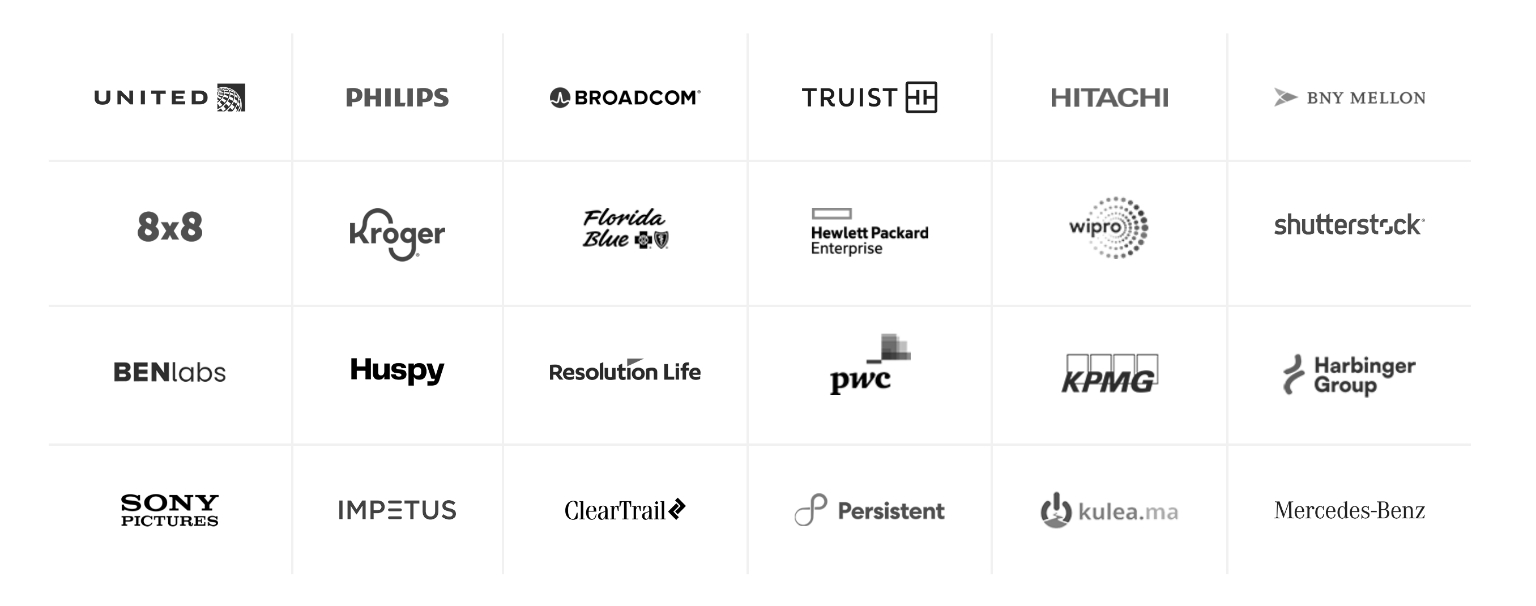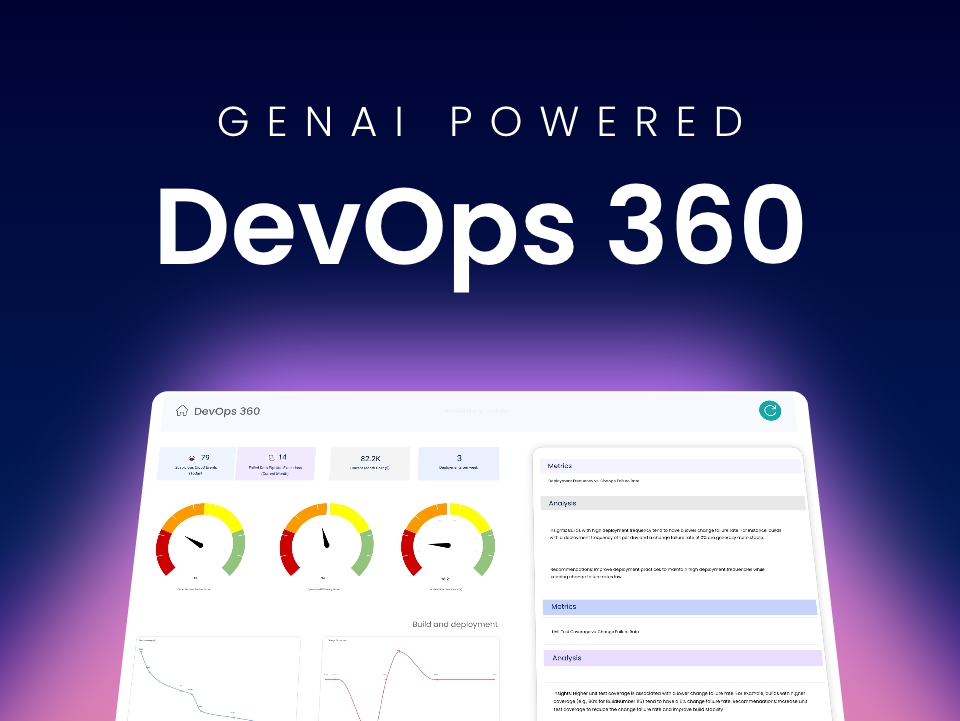
Benefits
Achieve significant performance gains in ultra quick time
-
20% improvement in resource utilization
-
50x more frequent code deployments
-
100x faster lead time between committing and deploying
-
3x lower change failure rate
-
400x faster recovery from incidents
Customers
Trusted by the largest enterprises on the planet

Explore Other Solutions
Gathr offers a host of ready-to-use apps and solutions to address your workflow, process automation, and analytics needs.
Track the Effectiveness of your Development and Delivery Processes Across DORA Metrics
View DetailsTroubleshoot Defects and Vulnerabilities Faster with End-to-End Traceability
View DetailsBring the entire CI/CD tool stack on a unified platform and deploy high-quality builds with frequent commits
View DetailsFrequently asked questions
What is continuous monitoring in DevOps?
How to enable continuous monitoring in DevOps?
- Throughput
- Browser speed
- SLA status
- CPU, Storage, & Disk Usage
- Server Availability/ Uptime Trends
- Mean Time to Restore (MTTR) & other response times
- Latency
- Diagnostics logs & insights
- Container insights, and more
What are the primary benefits of continuous monitoring?
Enhanced Operations: With automated data collection and streamlined end-to-end visibility, teams can collaborate better to detect and mitigate security and performance issues.
Proactive Response: With unified visibility, teams can configure more accurate threshold and event-based alerts to respond quickly and troubleshoot issues before they snowball into a major outage.
Cost Savings: Teams can analyze resource consumption data over a period to detect cyclic trends and over-provisioning/under-provisioning issues. It can allow organizations to ensure the most efficient usage of resources (CPU, RAM, etc.).
Better End User Experience: With timely, hiccup-free deliveries and quicker resolution of performance issues, users get a better application experience.

